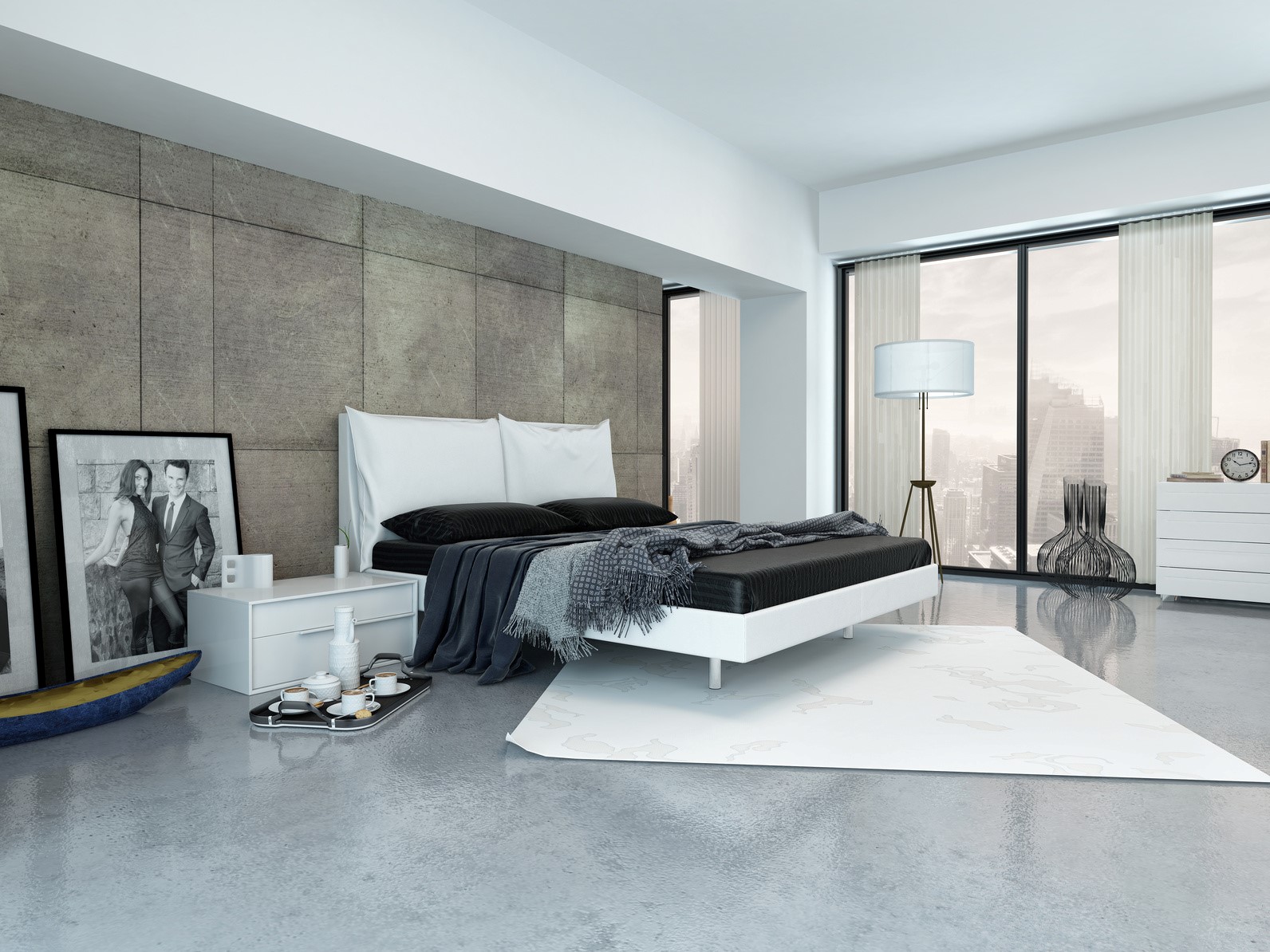Layering one material over another is the process of cladding. Simply layering material over a wall is referred to as wall cladding. Siding is another name for it. Not only the exterior walls but also the inside walls can be covered with cladding. Depending on the need, different materials can be utilized to stack the walls. This offers you a large selection to pick from and provides the building’s structure a fresh appearance.
Featured Wall Cladding Benefits
The following are some advantages of wall cladding:
· Aesthetic Sensation And Appearance
Wall cladding improves the appearance of the house or building. Wall cladding is the finest option if one wishes to give an ageing structure a fresh, contemporary appearance. The home’s beauty and value are both enhanced by the newly renovated walls. Or, we could say that it enhances the building’s visual appeal, which raises the property’s market worth.
· Security And Defense
This is one of the main purposes of wall cladding. The mechanical strength of the building is increased by adding additional layer to the walls. Additionally, it adds an additional layer of defence that strengthens the structure’s resistance to numerous environmental factors like cracks brought on by climate change, rain, humidity, sunlight, etc.
· Insulation
Materials used for wall covering also provide insulation benefits. The additional layer applied to the walls insulates them from heat, wetness, and sound. This ability to protect the walls from insulation aids in significant energy savings. In the long run, this may mean lower maintenance and electricity costs.
· Easily Maintained
The fact that wall cladding requires less regular maintenance than painting the walls is its most advantageous feature. The cost of periodic maintenance bills will be reduced as a result of this. The majority of wall cladding materials only need a quick wash to restore their freshness and make them appear to have just been installed.
· Variety
When you have made the decision to have your walls sided, you need options. There are numerous options for wall cladding materials. You can choose the material according on your preferences. The diversity includes metal, ceramic, vinyl, terracotta, stone, brick, wood, and more.
Wall Cladding Material Types
The following are some examples of wall cladding materials:
· Placing Brick On Walls
The earliest building materials are bricks. It protects the building from fire hazards. Despite being a pricey purchase, this one is durable.
· Using Wood To Clad Walls
Eastern white pine, plywood sheets, wood shingles, redwood, and cedar are examples of this type of wall cladding material. Its installation and upkeep are expensive endeavors.
· Metallic Wall Covering
Aluminum and galvanized steel fall under this category. This requires less care and repair over time than other wall cladding materials and is also significantly less expensive.
· Plastic Wall Cladding
It offers the option of plastic cladding. These don’t need maintenance and are quite inexpensive.
· Building Stone For Walls
It comes in a variety of colors, including red, yellow, grey, brown, and green. This kind of wall cladding material has a very long lifespan. However, they are somewhat pricey.
· Cement Fiber Wall Cladding
Fiber cement wall cladding is a strong and long-lasting material. They don’t need any maintenance and are also less expensive.

